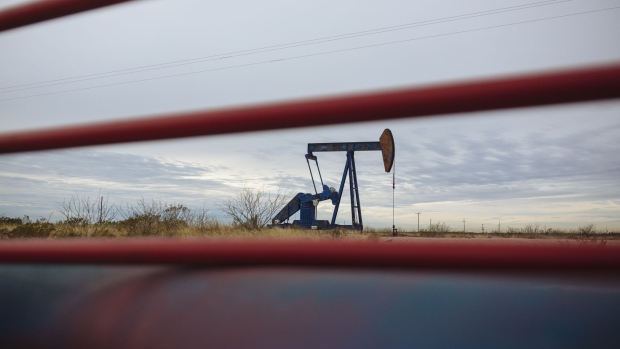
Oil’s spectacular COVID crash set the world up for US$100 crude
BNN Bloomberg
The two-year COVID crisis put many markets on a wild ride—just look at U.S. treasuries—but few have had a crazier time than crude oil: from total collapse in 2020 to the brink of US$100 a barrel today.
The two-year COVID crisis put many markets on a wild ride—just look at U.S. treasuries—but few have had a crazier time than crude oil: from total collapse in 2020 to the brink of US$100 a barrel today.
It’s not only the price swings that have shocked motorists, investors, CEOs and OPEC+ ministers alike. An entire industry has gone from being written off as a wounded dinosaur and shunned by investors to getting pressure from the U.S. President to step up and save the economic recovery.
“Eighteen months ago, we were in a global apocalypse for the energy sector, and now you’re talking about out-sized returns,” said Travis Stice, chief executive officer of shale driller Diamondback Energy Inc. “We should all pause and recognize the tectonic shift.”
The market’s about-face has huge implications for the global economy—not just the immediate boost to inflation and the empowerment of petrostates like Russia and Saudi Arabia—but also long-term consequences for the transition to cleaner energy. A world that’s supposed to be learning to live without fossils fuels has witnessed the spectacle of White House officials calling on OPEC+ to boost oil production while attending the COP26 climate conference in Glasgow.
The story of how we got to this point, and where we might go from here, starts in the first wave of the pandemic in 2020. That’s when decisions in response to the initial shock of the crisis laid the groundwork for such a sharp reversal. The industry, already under increasing pressure to engage in the fight against climate change, cut back investments and started preparing for a world where consumption patterns had changed forever. It didn’t quite work out like that.
Two years ago, oil was trading near a respectable US$60 a barrel, but the industry wasn’t exactly in rude health. Shell was struggling to boost its returns and OPEC+ was cutting production yet again, but it had mostly healed the wounds of the previous slump.
